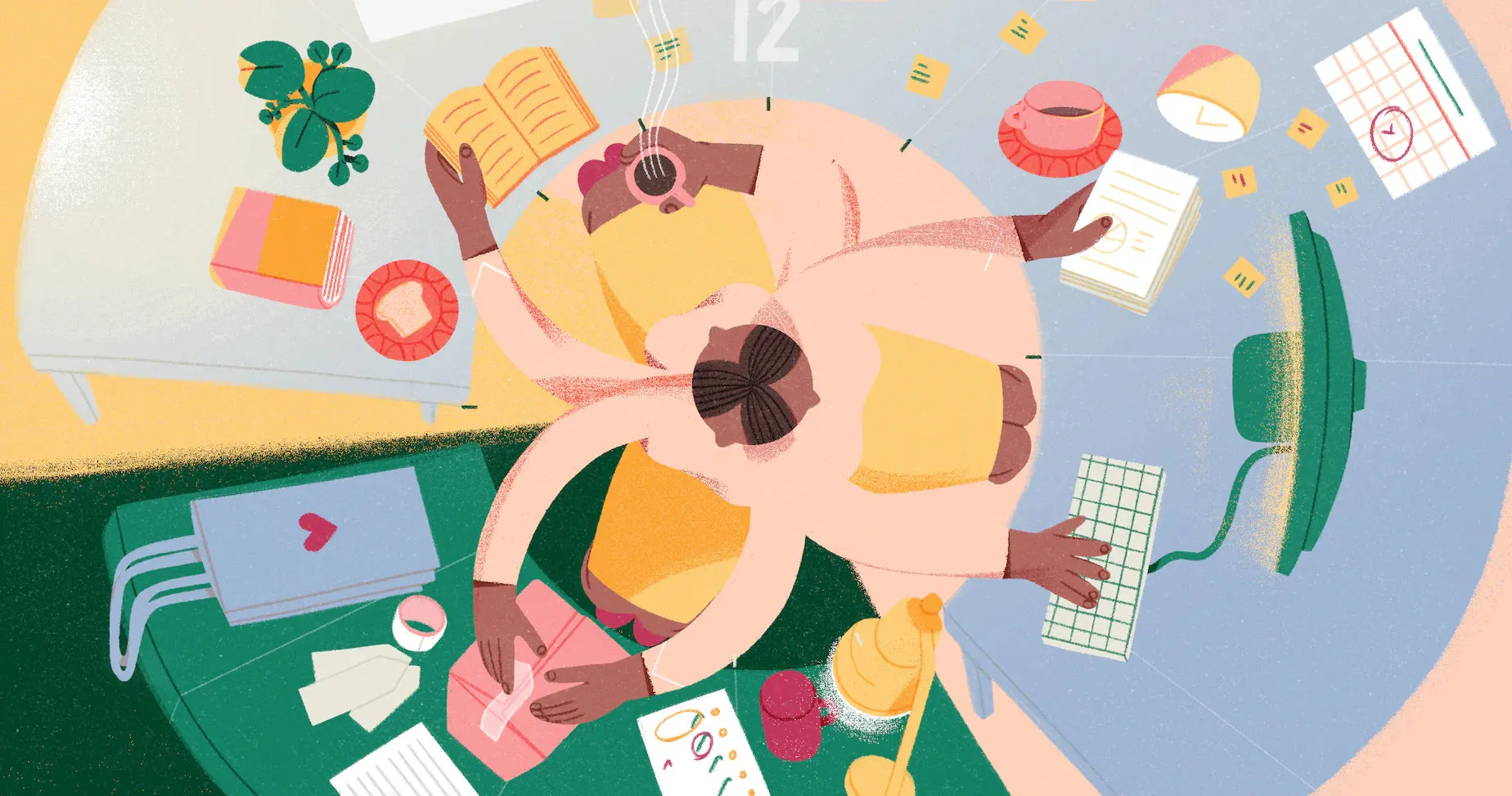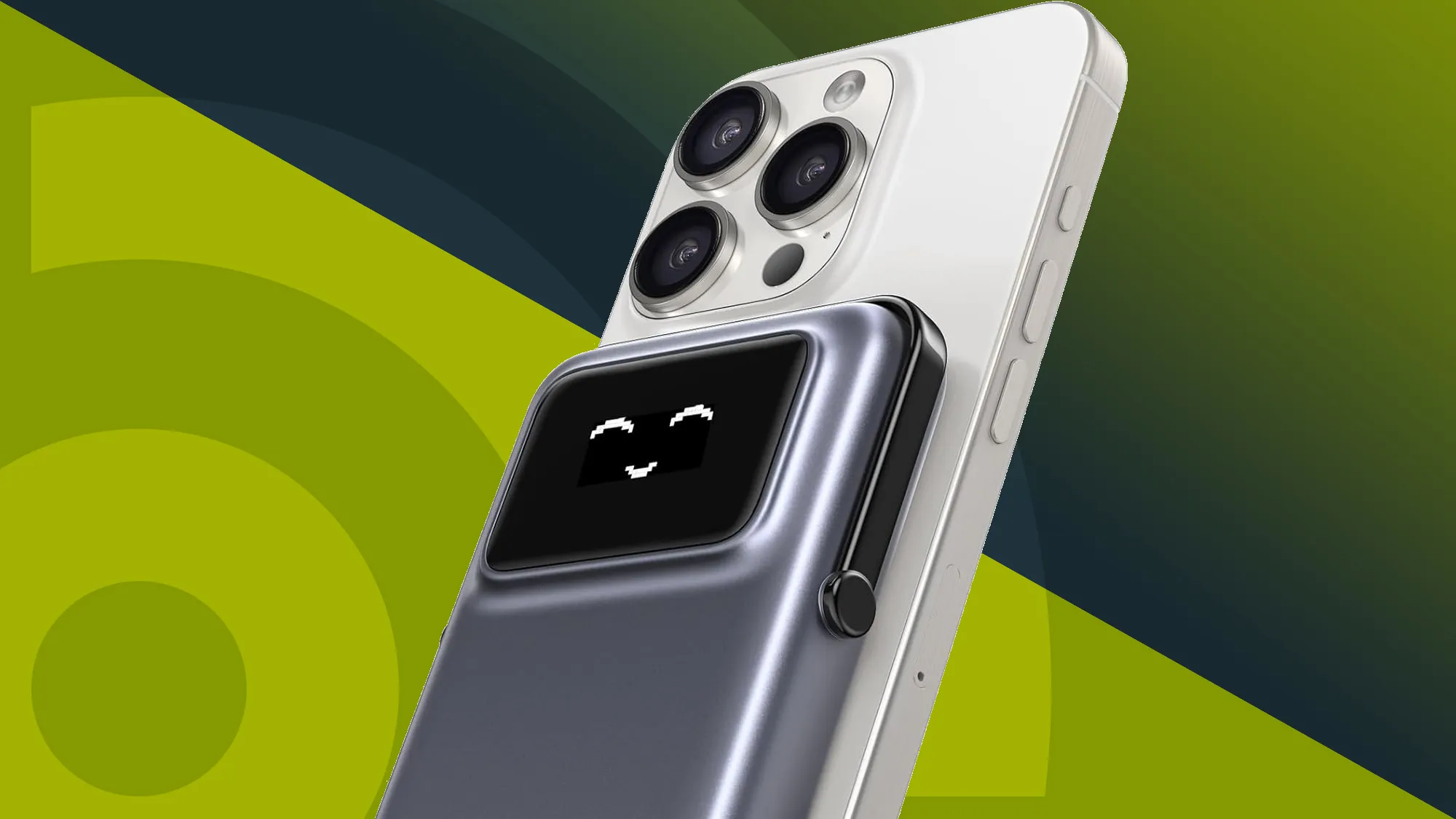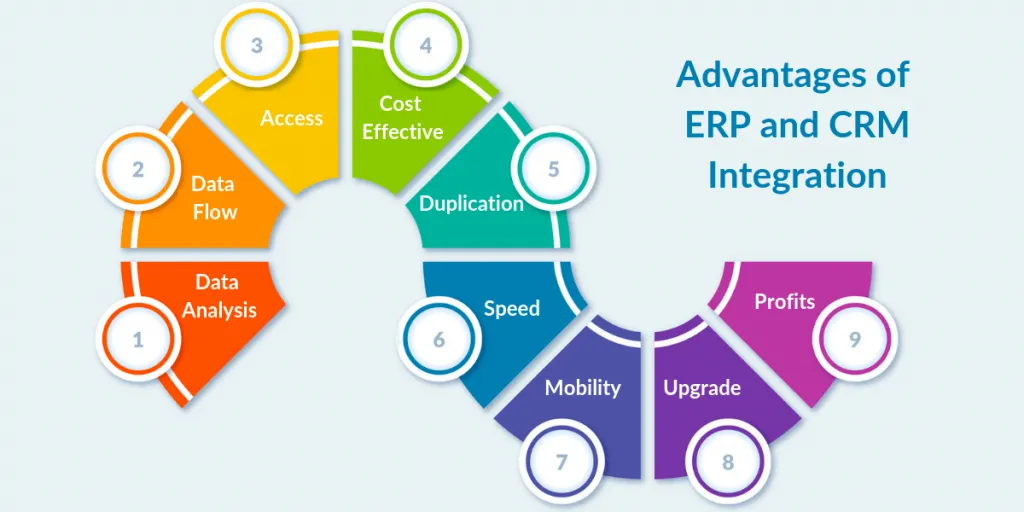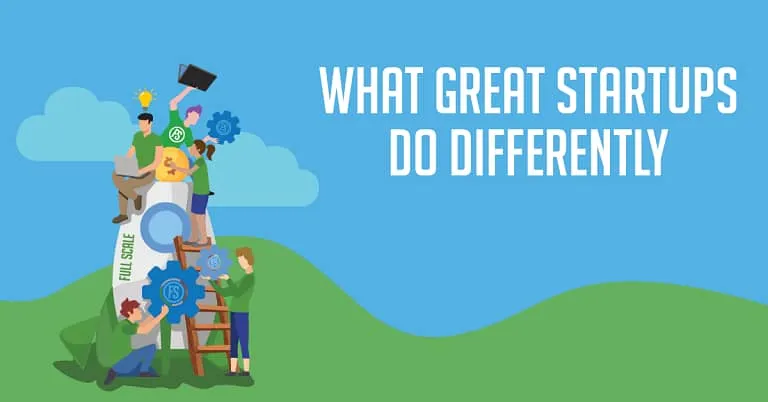Social media addiction is a behavioral addiction characterized by an excessive concern for social media, an uncontrolled need to log on to or use social media, and investing so much time and effort to social media that it interferes with other vital aspects of one's life.
What Is Social Media Addiction?
Over the last decade, checking and browsing through social media has grown in popularity. Although the majority of people's usage of social media is not harmful, a tiny minority of users develop an addiction to social networking sites and engage in excessive or obsessive use. In reality, experts believe that between 5 and 10% of Americans now fulfill the criteria for social media addiction. Social media addiction is defined by excessive concern about social media, an uncontrolled want to use it, and investing so much time and effort to it that it interferes with other vital aspects of life.
Addictive social media use will look much like any other substance use disorder, and may include mood modification (i.e., engagement in social media leads to a favorable change in emotional states), salience (i.e., behavioral, cognitive, and emotional preoccupation with social media), tolerance (i.e., ever-increasing use of social media over time), withdrawal symptoms (i.e., experiencing unpleasant physical and emotional symptoms when social media use is restricted or stopped).
Read also: Experiment: What Happens When AI Plans Your Entire Social Strategy?
How Social Media Affects The Brain

Social media's impact on the brain makes it both physically and psychologically addicting. According to a recent Harvard University research, self-disclosure on social networking sites activates the same area of the brain as taking an addictive drug. The brain's reward region and its chemical messenger routes influence choices and experiences. When a person experiences something pleasant or consumes an addictive drug, neurons in the brain's primary dopamine-producing regions are stimulated, and dopamine levels increase. As a result, the brain perceives a "reward" and equates the substance or action with positive reinforcement.
This is seen in social media use; when a person receives a signal, such as a like or mention, the brain releases dopamine and transfers it down reward pathways, leading the user to experience pleasure. Social media offers an infinite number of quick benefits in the form of attention from others for very little work. Positive reinforcement rewires the brain, causing individuals to seek likes, retweets, and emoji replies.
Another contributing element to social media addiction is that the reward regions of the brain are most active when individuals speak about themselves. In the non-virtual world, it is believed that individuals speak about themselves 30 to 40% of the time; however, social media is all about displaying one's life and achievements, therefore people talk about themselves 80% of the time. When someone publishes a photo, they may get positive social feedback, which causes the brain to produce dopamine, rewarding the activity and maintaining the social media habit.
Recognizing A Social Media Addiction
Although many people habitually use social media, very few are genuinely addicted. To determine if someone is at risk of developing an addiction to social media, ask these 6 questions:
- Do they spend a lot of time thinking about social media or planning to use social media?
- Do they feel urges to use social media more and more?
- Do they use social media to forget about personal problems?
- Do they often try to reduce use of social media without success?
- Do they become restless or troubled if unable to use social media?
- Do they use social media so much that it has had a negative impact on their job or studies?
A “yes” to more than 3 of these questions may indicate the presence of a social media addiction.
A digital detox, or a period of time during which someone dramatically decreases their use of electronic devices such as cellphones or laptops, may be a good precaution. This may involve easy things like turning off sound alerts and simply checking social media once each hour. Other modifications may include setting aside time throughout the day for self-imposed non-screen time, such as during mealtimes, or keeping the phone in a different room at night to avoid disturbing sleep. This restores attention on social connection in the real world while reducing reliance on networking sites.
Read also: Instagram Story Analytics: How to Measure the Metrics that Matter
Social Media And Mental Health
Research indicates a clear correlation between social media usage, bad mental health, and low self-esteem. While social networking networks offer certain advantages, utilizing them excessively may make individuals feel more miserable and lonely. These unpleasant emotional responses are caused not just by the social pressure to share items with others, but also by the comparison of material possessions and lifestyles promoted by these websites.
Users on Instagram and Facebook view curated content, which consists of adverts and posts tailored to their interests. Users may feel glad or motivated after seeing others write about their wonderful careers, terrific spouses, or lovely houses. Others, however, may view these images and get envious, despondent, or even suicidal because their own lives are not as "perfect" as those they see on Facebook or Instagram.










